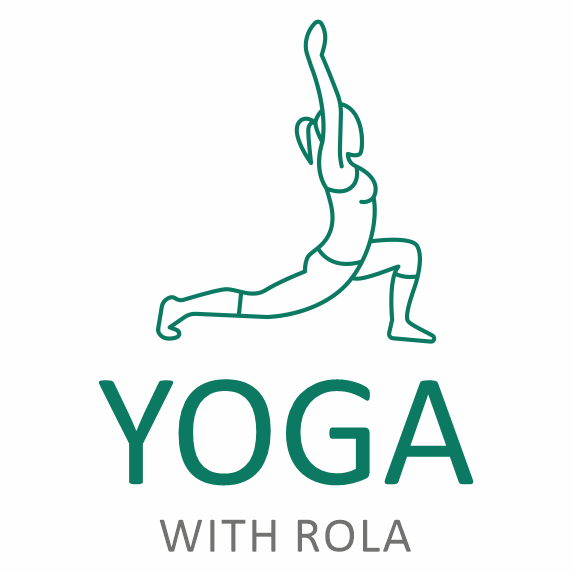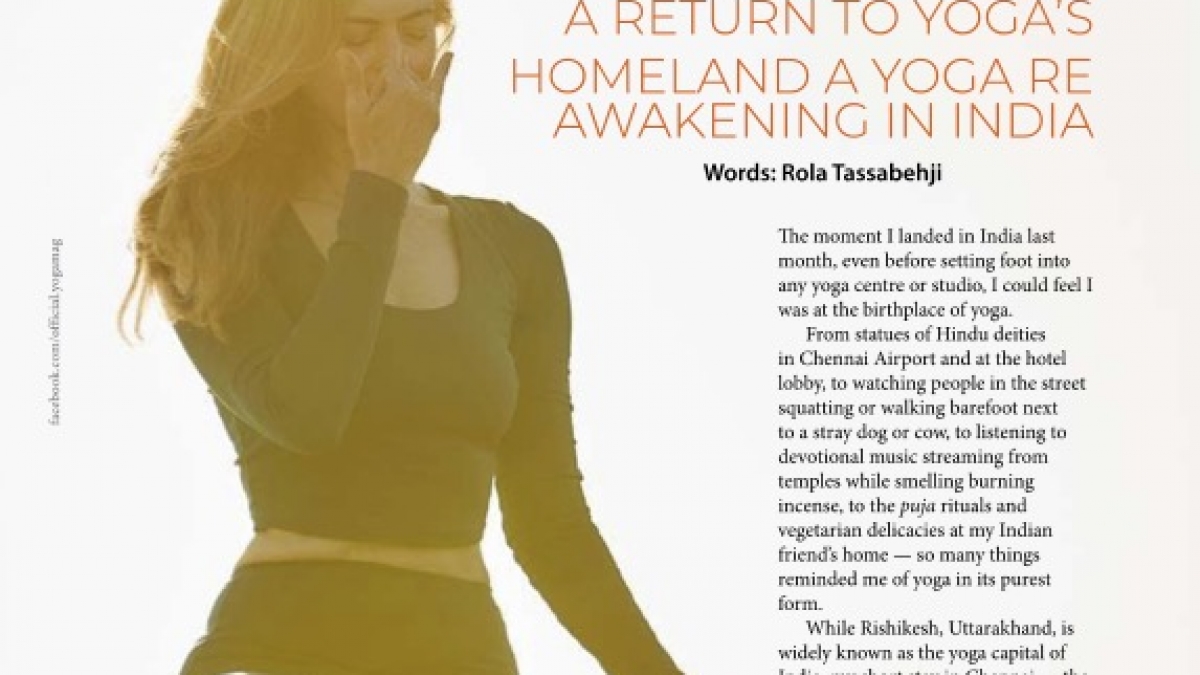Published in UK’S Yoga Magazine July 2022 issue
The moment I landed in India last month, even before setting foot into any yoga center or studio, I could feel I was at the birthplace of yoga.
From statues of Hindu deities in Chennai Airport and at the hotel lobby, to watching people in the street squatting or walking barefoot next to a stray dog or cow, to listening to devotional music streaming form temples while smelling burning incense, to the puja rituals and vegetarian delicacies at my Indian friend’s home — so many things reminded me of yoga in its purest form.
While Rishikesh, Uttarakhand is widely known as the yoga capital of India,
my short stay in Chennai — the home of Krishnamacharya Healing and Yoga Foundation as well as many other modern yoga studios — offered new experience that widened my understanding of this ancient practice, including:
- Yoga is getting westernized, even in India: Traditional yoga with a focus on meditation and philosophy is still prevalent in most places but western looking studios are emerging in big urban centers like Mumbai and Chennai. Visiting some of the yoga studios run by young Indian teachers, I was surprised to discover that the style was not too different from a Hatha yoga class I would attend in London or Amsterdam. Although Sanskrit is more frequently mentioned, it felt like any contemporary yoga flow with a focus on the physical asanas. In these big cities, the instructors were wearing fashionable yoga pants, shorts and pretty much talking the same language as their Western counterpart.
- A different, more personal experience, at traditional Yoga centers: My experience was different at the Krishnamacharya Healing and Yoga Foundation, the brainchild of TKV Desikachar, the son of the legendary Krishanamacharya, considered the father of modern Yoga. There, TKV Desikachar’s widow, Menaka, and one of her students, both wearing saris and traditional Indian clothes, led me through a set of Pranayama (breath control) and gentle Asana (physical posture) practice to help with a shoulder injury I had.
The room, in what is regarded as the first yoga therapy clinic in the world, was basic. No mood lighting, mirrors, or music in the background, just a desk and space enough to fit a mat. Stick figures, which I discovered originated in TKV Desikachar’s house in Chennai, were provided for home practice with reference made to Sanskrit names, Hindu philosophy, classic text like the Patanjali Yoga Sutras, and Ayurveda — very different from the anatomy-focused Yoga Therapy I was trained in in the West. The whole experience felt very holistic and spiritual, more of a calming and meditative technique than a physical practice.
- Less effort, more ease: One of the memorable moments at the Krishnamacharya Foundation, was when I was reminded of the classical text of Yoga, Patanjali’s Sutra (sutra 2.46) – “sthira-sukham asanam”, roughly translated as the balance between effort and ease. In my case, I was told that I was putting too much effort and energy in each Asana, and should instead try to soften, ease and keep it gentle.
Krishnamacharya would say if you are doing yoga there must be no forcing of the body at all. Instead of using force to come into an asana, and risk injury, take your time and give it attention. Even in meditation, if it becomes a process of control and direction, it is no longer meditation.
- Bridging ancient teaching to modern world: While the foundation provided me an experience of traditional yoga, TKV Desikachar himself had been a pragmatic person and understood the importance of bridging traditional yoga with modern times. In his tribute to his father, Kausthub Desikachar wrote “The way TKV Desikachar lived his life and taught yoga embodied the messages of classical yoga. Yet, as the engineer that he was, he was also a modernist and extremely pragmatic in finding ways to make the ancient teachings more accessible to many.”
During a separate conversation with celebrity yoga instructor Mumbai-based Paloma Gangopadhyay, who teaches in the U.S. and India, she also explained the importance of making yoga relevant to the times, honoring the spirit of tradition without holding on to stringent rules. “As a yoga trainer and a yogi I always tell my students to keep an open mind and understanding, not judge. That it is it absolutely OK to adapt and evolve yoga.”
In retrospect, this is perhaps what I loved most about my visit — the recognition that the old ways are not stagnant, and that even yoga taught from traditional lineages is open to change, to science and to new ideas.
- Yoga as deeply universal (open to all faiths) yet fully personal (individualized): While promoting the universality of yoga and its openness to all faiths, TKV Desikachar also promoted the principle of personalizing the practice for each student. He challenged the view that standardized practices should be given to all students. Instead, he believed that “every student must be perceived as a whole, with his or her unique abilities and needs. For each student different tools of yoga have to be chosen to make the practice appropriate for them.”
- Yoga is to join: On my last day in Chennai, I visited the Krishnamurti Foundation in Chennai, established in 1968 as a study center to preserve and make available the teachings of the philosopher J. Krishnamurti. Although not a yoga destination, I knew that Krishnamurti was a committed yoga practitioner and I was drawn by the location of the center, an oasis of calm surrounded by trees in the busy city of Chennai. In Krishnamurti’s words, “The Study will be a place for all serious people who have left behind them all their nationality, their sectarian beliefs and all the other things that divide human beings.”
There I discovered from his writing a new definition of yoga. Rather than the popular translation “to yoke”, which implies duality, Krishnamurti describes yoga as “to join,” to see the whole of life as one. “To see the whole of life as one unitary movement is Yoga … not joining two things, the soul and the body – that’s all nonsense – but to observe, to perceive life, as a total unitary movement. Because you see it as a whole movement, you act non-fragmentarily.”
Heading back home to Europe, I reflected on these experiences and what it means to be a yoga teacher. Whereas I used to get caught up in Asana and coming up with creative sequencing for classes, I left India with a more holistic appreciation of yoga. It also dawned on me that that all my teacher training was far from complete. While in the West, teacher training qualification requires a certain number of hours to fulfill, in India, I was left with the impression that teacher training was lifelong— and that to really advance in yoga, you need to recognize that you are always a student and be open to new experiences and perspectives.



Add a Comment